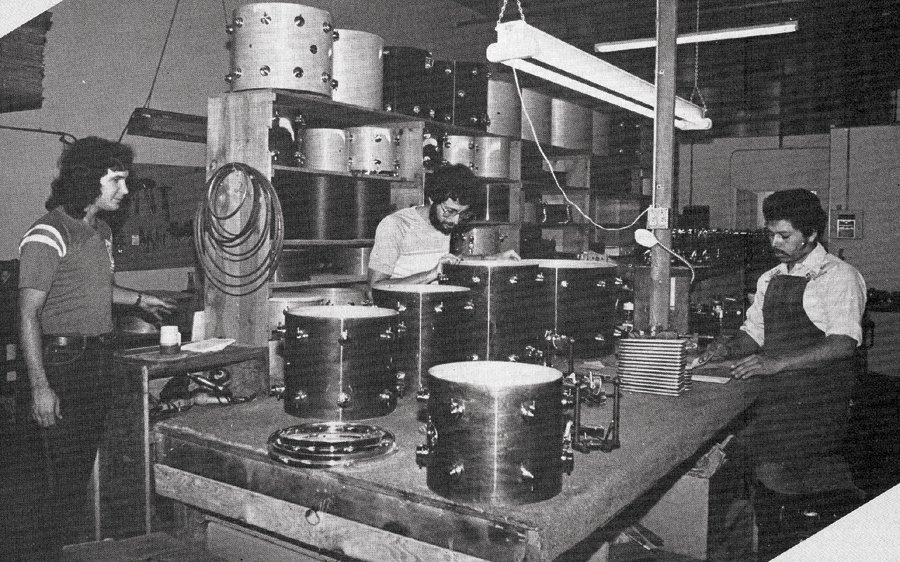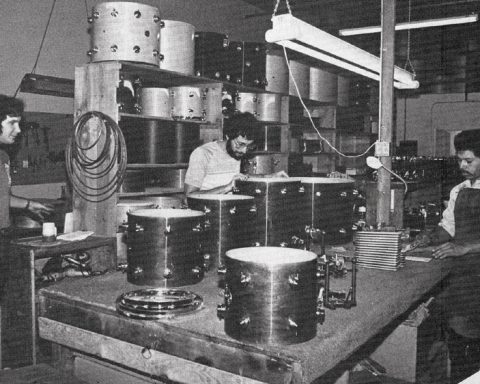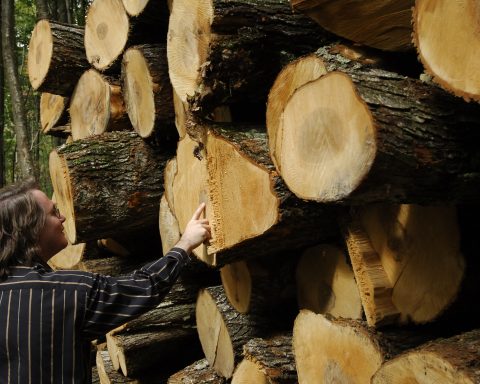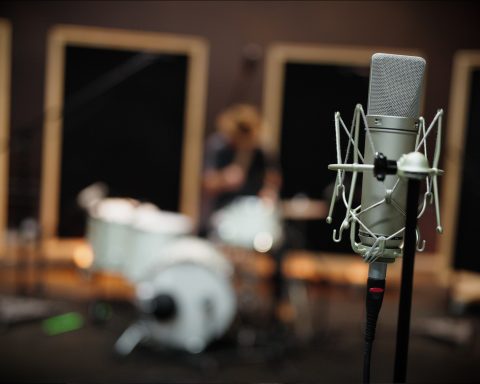Roland welcomed DW Drums into its global family of brands in late 2022, just in time to contribute to DW’s wireless and acoustic-electronic drums, DWe. Built on handcrafted American-made Maple shells, DWe is powered by DW Soundworks™, a VST with the most authentic DW drum samples anywhere. Here is the story of DW Drums from its earliest days as a teaching studio through its pivot to a revered manufacturer, right up to the latest innovations.
A Couple of Dreamers
It all began in 1972 when DW founder Don Lombardi, then 26, opened a small teaching studio in Santa Monica, California. The road-weary drummer called the studio Drum Workshop, offering private lessons and monthly workshops. Within a year, future SVP of Production John Good began taking lessons from Don at the studio. The lessons were unsuccessful, but the shared love of drums bonded the pair, and a “couple of dreamers” partnered together to grow DW Drums.
"The DW Canister Throne fused a hardware 'trap' case with a height-adjustable, vinyl-seated throne, for a more efficient setup for the working player."
The First Product
After a few years of educating aspiring drummers, Don devised the first DW product: the DW Canister Throne. The throne fused a hardware “trap” case with a height-adjustable, vinyl-seated throne, for a more efficient setup for the working player. After landing a purchase order from a dealer, Don was disappointed to learn his new partner didn’t sew. The sewing of the throne aside, the innovative and problem-solving ethos of the Canister Throne became part of DW’s DNA.
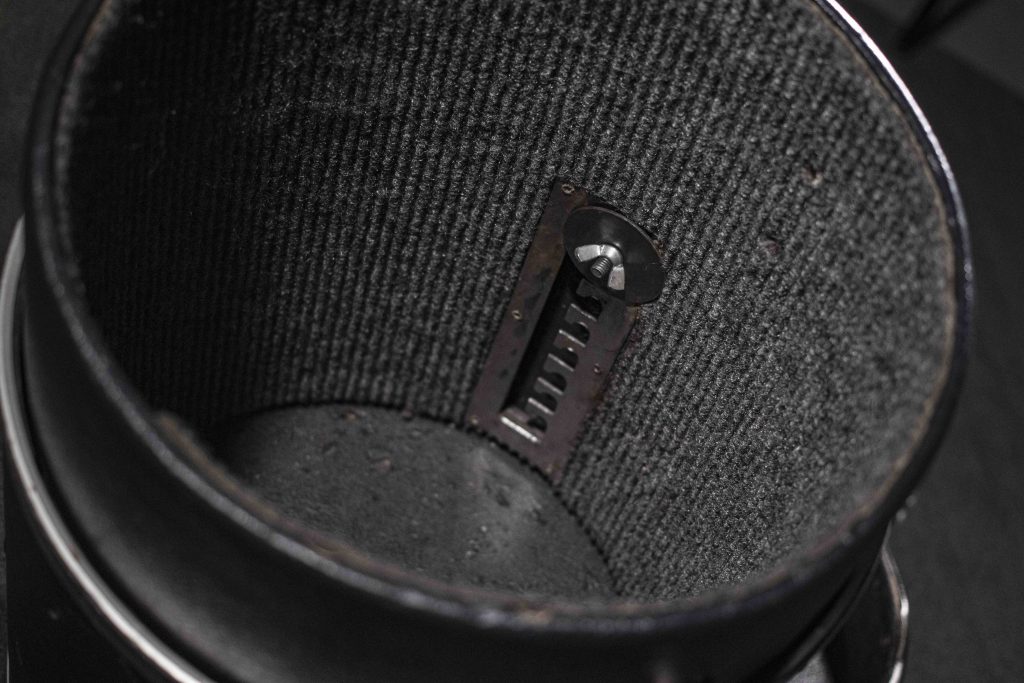
If you’re a fan of vintage drums, the lugs of DW Drums probably look familiar to you, and there’s good reason for that. As the fledgling company sold trap cases through magazine ads and local dealers, an LA-based drum builder and distributor, Camco, approached DW with the opportunity to acquire hardware tooling. The dies and molds for the now-iconic concentric circle lugs and the legendary 5000 pedal were included in the deal, which vaulted DW squarely into the manufacturing business.
"After stabilizing the pedal for heavy '70s rock with a base plate and one of the industry’s first chain-and-sprocket designs, the DW 5000 pedal was reborn in 1977."
Early Milestones
Innovation is a guiding principle for DW, so when the new pedal and hardware came into the shop, Don and John set about improving it. The process of tearing down and rebuilding the 5000 pedal became a milestone for DW’s journey and yielded patents to give DW separation in the hardware business. After stabilizing the pedal for heavy ’70s rock with a base plate and one of the industry’s first chain-and-sprocket designs, the DW 5000 pedal was reborn in 1977.
"Throughout the '80s, the company began experimenting with drums and building relationships with shell manufacturers, leading up to its first drum catalog."
As DW expanded its footprint in drum pedals and hardware throughout the ’80s, the company began experimenting with drums and building relationships with shell manufacturers, leading up to its first drum catalog.
A warm welcome at the 1989 NAMM convention led DW to launch its first series of drum sets. The early DW-branded kits established DW in the acoustic drum market, and like the trapcase throne and the 5000 pedal before it, created a new opportunity in acoustic drum shells to put the company’s tireless spirit of innovation to work.
